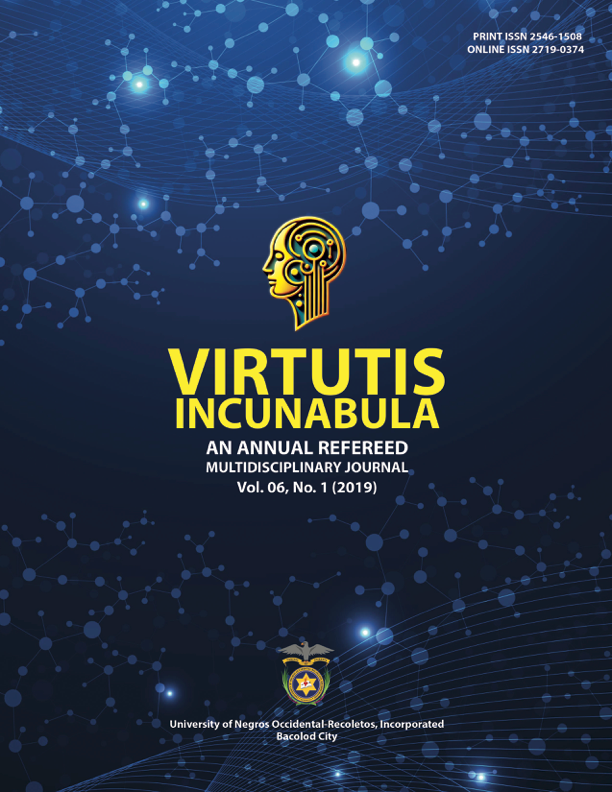Evaluation of the Effects of Musical Styles and Speed on the Anxiety Levels of Stress-Induced Mice (Mus musculus)
Main Article Content
Abstract
Music has anecdotally been used to affect mental conditions in humans, and literature suggests that they affect animal physiology and biochemistry similarly to humans. This study subjected mice to selected musical compositions in three genres to test their effects on anxiety levels. Researchers exposed three groups of three mice to classical, pop, and hard rock music with one control group to determine the effect of music on the anxiety level of mice. After a 5-day conditioning period for all groups, researchers subjected each mouse to a stress tube model for 10 minutes. Each mouse was then exposed to one musical genre and tested on an elevated plus-maze. Anxiety was measured in frequency of open arm entry and percent duration in open arms. Results showed that exposure to classical music led to the most significant decrease in anxiety levels and hard rock music to the most significant increase. Pop music did not affect anxiety in mice compared to a control. After examining the difference between classical and hard rock music, researchers identified that multiple contrasting tempos affected performance in the elevated plus maze. The tempo of the classical music piece was altered to double and quadruple its original tempo, and results showed that faster tempos increased anxiety levels and created the gap between classical and hard rock music. Future studies should explore pulsation and rhythmic pattern variances that may contribute to the phenomenon.
Article Details
Section

This work is licensed under a Creative Commons Attribution-NonCommercial-NoDerivatives 4.0 International License.
